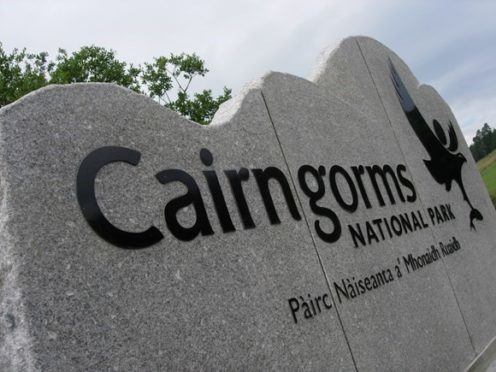People living in the Cairngorms National Park are being urged not to rush to judgement when they see a ‘stranger’ during the Covid-19 lockdown.
Comments have appeared on social media questioning unfamiliar faces in the area while people have been urged to stay away in line with social distancing guidelines.
But local organisations say there may be a valid reason for some people to be in the area and warned against targeting individuals with public criticism.
In an open letter published yesterday, business and community leaders said while visitors are currently being discouraged, they look forward to welcoming them when restrictions end.
The letter is signed by Grant Moir, chief executive of the Cairngorms National Park Authority; Mark Tate, chief executive of the Cairngorms Business Partnership; and Janet Hunter, chair of the Cairngorms Tourism Partnership.
They say most accommodation businesses are closed, although some B&Bs and self-catering properties still have “guests”.
“These guests are either working in our essential services; driving delivery lorries, working in the NHS etc, or they would otherwise be homeless, including some of our highly-valued workers from other countries who are currently unemployed or on furlough and have nowhere else to go.
“A face we don’t recognise is not necessarily a stranger and our plea is not to publicly criticise and jump to any judgement. The very strong chance is that there is a perfectly valid reason for the person to be in our community and we should offer our normal welcome, hospitality and support.
“If there are isolated instances of flouting the rules then please deal with them discreetly by calling 101. We want to make sure we preserve our well-deserved reputation for being a welcoming community, proudly sharing the beauty of the place we are lucky enough to call home.”
The organisations say they are working together to plan for welcoming visitors at the appropriate time.
The letter brought a mixed response on social media. One poster said “far too many assumptions are being made and false rumours being spread locally”.
But another said: “I appreciate there are a few key workers about, including me, that are listening to what the government are telling us. But, and a big but, there are a lot of people not doing this, and that’s what’s making us resentful as basically we care for them in what we do, but they couldn’t give a damn for us.”










